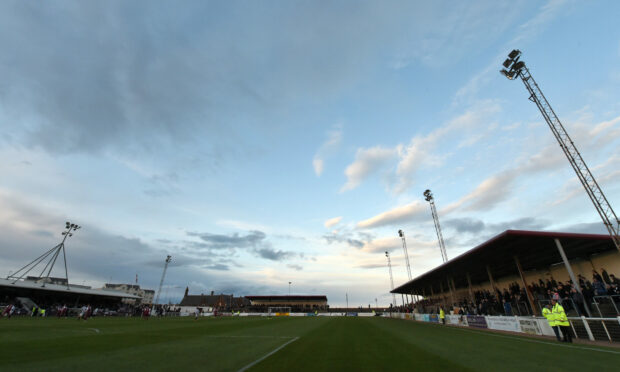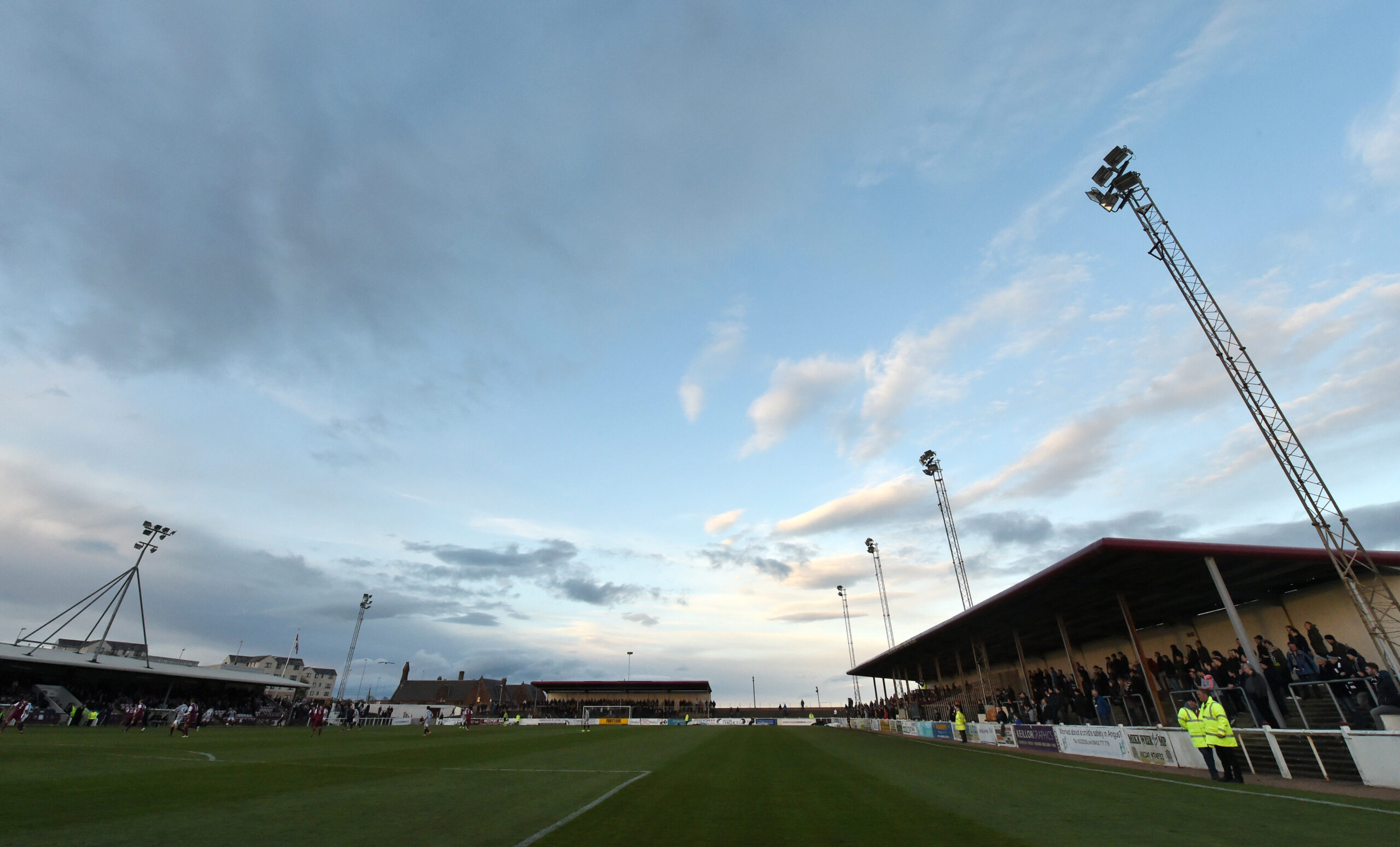A Leicester City fan enjoyed a couple of holidays in the Dundee area so much that he decided to up sticks from Leicestershire and moved permanently to the City of Discovery.
Former RAF man Norman Hammersley now resides in the Ardler area with his wife Elaine, and worked for the Post Office for many years after leaving the forces.
However, it was not jets or stamps which prompted Norman to get in touch.
Norman wanted information on a Scottish goalkeeper called Ian McGraw, who played for the Foxes in the late 1940s and early 1950s.
The local connection is that McGraw signed up for the then Filbert Street outfit from Arbroath.
The name immediately rang a bell with me and, after a quick search, I found out he was featured in a BwB edition on July 15.
It was our ‘Old Sporting Post Queries’ section and he was between the sticks when the Red Lichties beat Dundee 5-0 in a 1948 Forfarshire Cup tie.
Born in Glasgow as John McGraw, he joined the Angus club from junior side Rutherglen Glencairn but lasted just a year as his good form was noticed by Leicester.
They paid the Gayfield Park side £4,200 for his services and I’ve found out he was held in very high regard by those at the English club.
However, his time with them was not without major disappointment.
Leicester City club historian John Hutchinson recalled: “Ian will go down in club folklore as the goalkeeper who missed out on the 1949 FA Cup Final against Wolverhampton Wanderers due to a broken little finger, which eventually had to be amputated.
“Ian sustained the injury in a league match at Filbert Street against Grimsby Town less than a week after keeping goal in Leicester City’s memorable victory against League champions Portsmouth in the 1949 FA Cup semi-final at Highbury.
“In the epic FA Cup run of eight games which led to this semi-final victory, Ian had been an ever-present following his transfer from Arbroath in December 1948, when Leicester manager Johnny Duncan paid a transfer fee of £4,200 to secure his services.
“Following the loss of his finger, Ian attempted a comeback two seasons later but managed just five games before deciding to end his playing career.
“On April 29, 1953, the club awarded him a testimonial match against Wolverhampton Wanderers.”
John continued: “It is practically a unanimous verdict that one of the best goalkeepers and also one of the unluckiest players who ever joined Leicester City is the tall, modest and very likeable Scot, Ian McGraw.
“He has been the last to complain of the misfortunes that have befallen him but deserves well of the Leicester sporting public, whom he served with great ability and in the best traditions as a sportsman.”
Ian passed away in 2014 in Leicester after a short illness, aged 88.
If you have a story or a question you’d like to put to John, email jbrown@dctmedia.co.uk.

